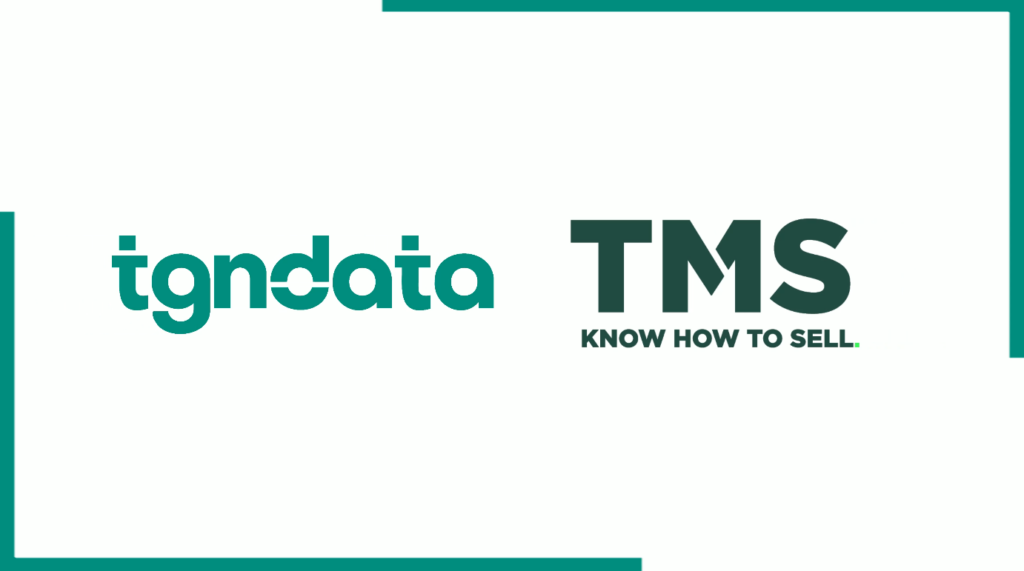Edit Content
In today’s dynamic retail environment, businesses face myriad challenges. From global supply chain disruptions to shifting consumer expectations, staying ahead requires adaptability, innovation, and data-driven strategies. The long delays in the shipment of goods from Asia, compounded by raw material shortages, have placed unprecedented pressure on the market. These challenges are not just logistical; they directly affect the availability of products, pricing strategies, and customer satisfaction.
Retailers must navigate this complex landscape, especially during peak demand seasons such as Black Friday and Christmas. The stakes are high, with stock shortages threatening customer loyalty and annual turnover. This article explores how price intelligence—an approach combining price monitoring, stock analysis, and strategic decision-making—can help retailers thrive by increasing customer satisfaction, market share, and profitability.

Global supply chain disruptions have created ripple effects across industries, leaving retailers scrambling to secure sufficient stock for their shelves. This issue is particularly pressing as the holiday season approaches, a time when customer demand surges. A shortage of low- and medium-priced goods has already impacted a significant portion of retailers’ revenues, with some estimating losses of 30%–35% of annual turnover.
For many retailers, the question isn’t about generating demand—it’s about meeting it. As one retailer noted, “The issue is not so much the demand, but the availability of the goods.” When products are out of stock, customers often turn to competitors or defer their purchases altogether, resulting in lost sales and diminished market share.
In this volatile environment, the strategies employed in the last quarter of 2021 and the first semester of 2022 have become a litmus test for businesses. Retailers that effectively adapt their strategies will be better positioned to weather future challenges. Enter price intelligence—a powerful tool that goes beyond traditional pricing strategies to encompass stock analysis and market forecasting.
Price intelligence involves monitoring, analyzing, and responding to market trends to optimize pricing strategies. While pricing is a core component, true price intelligence also considers factors like stock availability, competitor behavior, and customer demand patterns. By integrating these elements, businesses can make data-driven decisions that enhance their competitive edge.
Stock availability is often an overlooked aspect of price intelligence, yet it is more critical than ever. The availability of products directly affects pricing decisions, customer satisfaction, and profitability. In a market where supply chain issues prevail, monitoring competitors’ stock levels can reveal opportunities to capture market share and improve customer loyalty.
Understanding your competitors’ stock availability allows you to adapt your strategy dynamically. For example:
Capitalize on Gaps in Stock: If key competitors are out of stock on popular products, your business can step in to fill the gap. By advertising the availability of these items, you can attract customers who prioritize immediate access, even if your prices are slightly higher.
Deliver a Superior Customer Experience: Availability often outweighs price for many customers. By ensuring that products are in stock and ready to ship, you create a seamless shopping experience, fostering trust and loyalty. This approach not only drives immediate sales but also converts one-time buyers into repeat customers.
Expand Market Share: Consistently meeting customer needs when competitors cannot positions your brand as a reliable choice, gradually increasing your market share.
Sales promotions and discounts are common tactics in retail, but they can erode profit margins if not executed strategically. Price intelligence offers a smarter approach by leveraging stock availability data:
Strategic Promotions: By analyzing competitors’ stock levels, you can determine the optimal timing for promotions. For instance, if competitors are out of stock, there is little need to offer deep discounts—customers are more likely to pay full price when alternatives are unavailable.
Timing Is Everything: Monitoring stock levels allows you to beat competitors to market with targeted offers. Early promotions during stock shortages can drive sales while protecting profit margins.
Avoid Unnecessary Discounts: Offering discounts to match competitors only makes sense if their stock is available. If they cannot fulfill orders, their pricing becomes irrelevant, allowing you to maintain higher margins without sacrificing sales volume.
The benefits of price intelligence extend beyond immediate sales tactics. By systematically monitoring competitors and analyzing historical data, retailers can make informed decisions about pricing, inventory management, and marketing strategies.
Studying historical data from competitors can provide valuable insights into market trends. For example:
Understanding Seasonal Patterns: By reviewing past data, you can identify demand fluctuations during specific times of the year, enabling better inventory planning.
Anticipating Market Shifts: Historical stock and pricing trends can help predict future market behavior, allowing you to prepare for supply chain disruptions or changes in consumer demand.
Optimizing Inventory: Forecasting demand based on historical data ensures that you stock the right products in the right quantities, reducing the risk of overstocking or understocking.
Price intelligence is most effective when price and stock data are analyzed together. For instance:
Avoid Misleading Competitor Comparisons: A competitor may appear to have lower prices, but if their products are consistently out of stock, their pricing strategy is ineffective. Stock analysis reveals these gaps, enabling you to make better-informed decisions.
Segmenting Competitors: Competitors who cannot deliver advertised products should be treated as a separate category. Their pricing is irrelevant if they cannot fulfill customer needs, and this distinction allows you to focus on competitors who pose a genuine threat.
To illustrate the power of price intelligence, consider the following scenarios:
Black Friday Strategy: A retailer notices that several competitors are out of stock on a popular product. Instead of slashing prices to compete, the retailer highlights their own availability, attracting customers who value reliability.
Dynamic Advertising: Monitoring competitors reveals a shortage of mid-range electronics. The retailer intensifies marketing efforts for their available stock, emphasizing immediate delivery and excellent customer service.
Forecasting Demand for Spring: Historical data shows a spike in outdoor furniture sales in March. By analyzing competitors’ stock levels in January and February, the retailer ensures their inventory is ready, capturing early demand and securing market share.
In an era of supply chain disruptions and evolving customer expectations, price intelligence is more than a tool—it is a necessity. By integrating stock analysis into pricing strategies, retailers can navigate challenges, capitalize on opportunities, and build lasting customer relationships.
Stock availability is a critical component of price intelligence. It enables businesses to identify competitors’ weaknesses, make data-driven decisions, and deliver superior customer experiences. By focusing on availability and leveraging historical data, retailers can stay ahead of the competition, protect profit margins, and increase market share.
As the retail landscape continues to evolve, the ability to adapt quickly will determine success. Those who embrace price intelligence will not only survive but thrive, turning challenges into opportunities and creating a more resilient, customer-focused business model.













Missing an important marketplace?
Send us your request to add it!